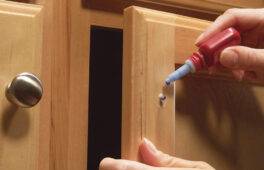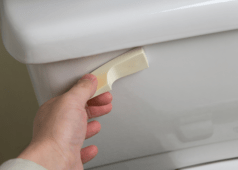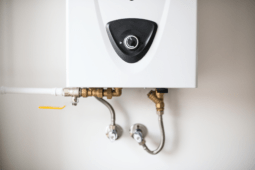Innovative Ideas for Creating Your Dream Greenhouse
The journey to create a personal oasis where green thumbs can flourish, and plants thrive year-round requires a blend of inspiration and innovation. Greenhouses, the pivotal structures that make this dream a reality, are not just about extending the growing season; they are a testament to sustainable living and a deep-rooted connection with nature.
In this article, we will explore a myriad of greenhouse ideas that cater to various needs and spaces, from compact urban balconies to sprawling rural gardens. Whether you’re a seasoned gardener looking to expand your horizons or a novice eager to cultivate your own green sanctuary, these ideas will guide you through creating a greenhouse that is not only functional but also a reflection of your personal style and commitment to the environment.
Exploring DIY Greenhouse Structures for Every Backyard
Exploring DIY greenhouse structures can be an exciting project for gardening enthusiasts looking to extend their growing season. The options are versatile, ranging from simple cold frames built out of reclaimed windows to more elaborate geodesic domes that can sustain a variety of plants year-round.
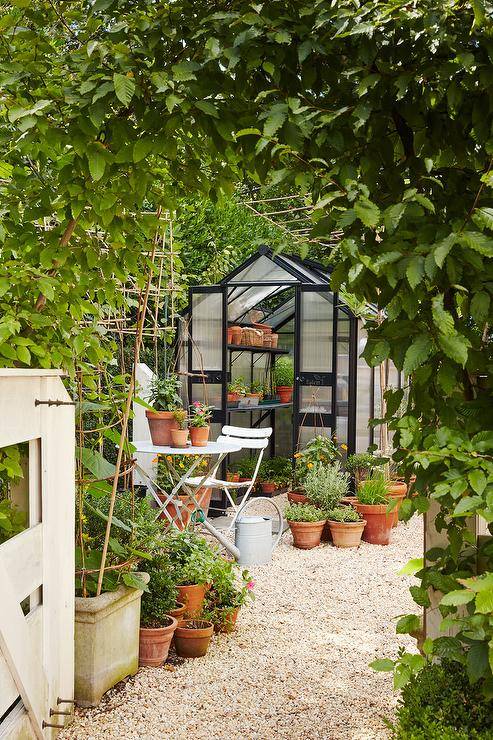
These greenhouses not only provide a controlled environment for your plants but also add a unique aesthetic to your backyard. The key is to choose a design that fits your space and meets the needs of your plants, whether you’re nurturing delicate orchids or robust vegetables.
When considering greenhouse ideas, it’s important to think about materials. Many DIYers use polycarbonate panels for their durability and excellent light transmission, while others prefer the traditional charm of glass.
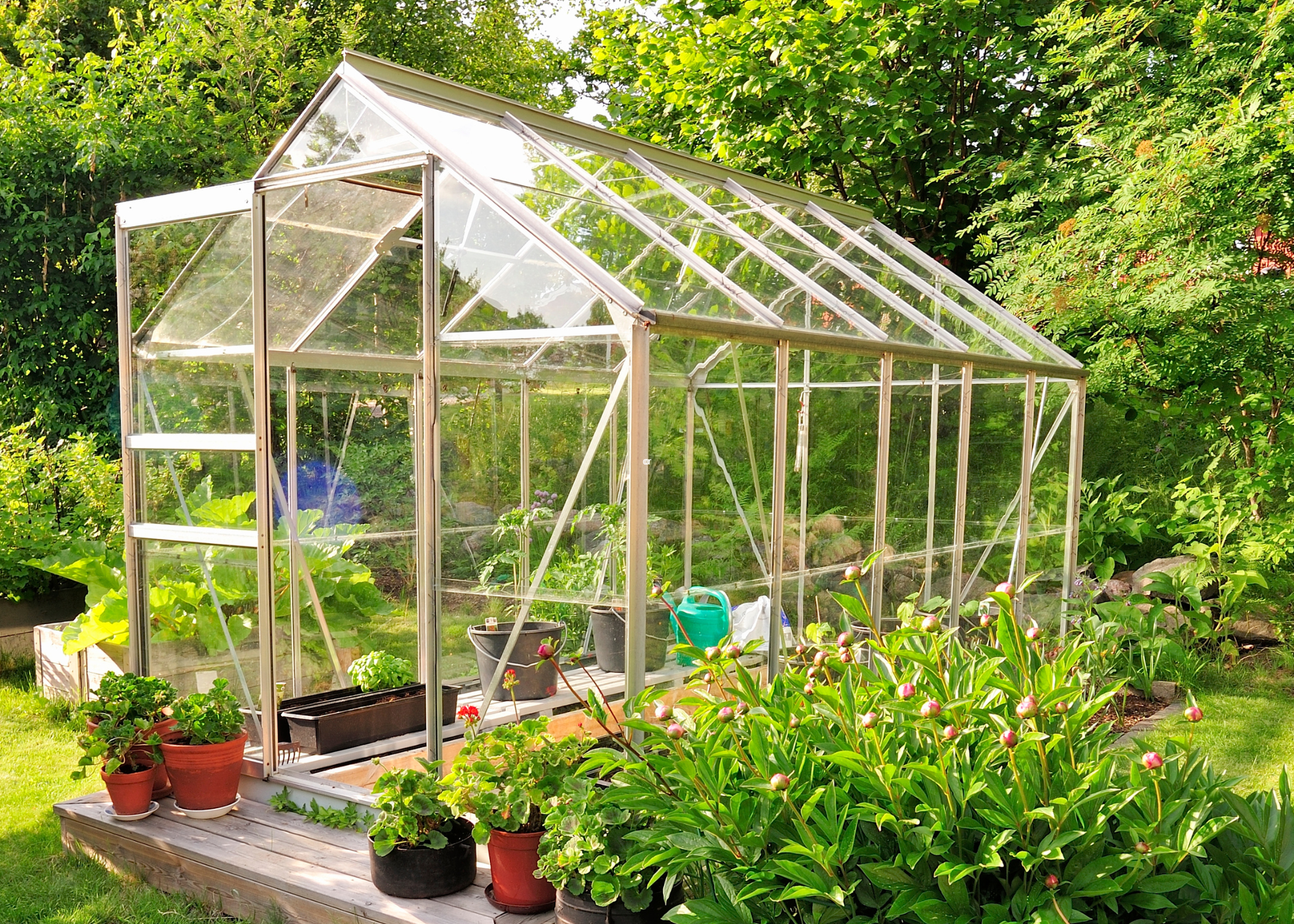
The structure’s foundation is equally critical, with options like treated wood or concrete blocks providing stability and longevity. Ventilation is another crucial factor, ensuring that your plants receive fresh air and avoid issues like mold and overheating.
Selecting Materials for Your Greenhouse
When selecting materials for your greenhouse, the balance between durability and aesthetic appeal is crucial. Aluminum is a popular choice for greenhouses due to its resistance to rust and minimal maintenance requirements. It’s also lightweight, making it easier to assemble and modify if needed.
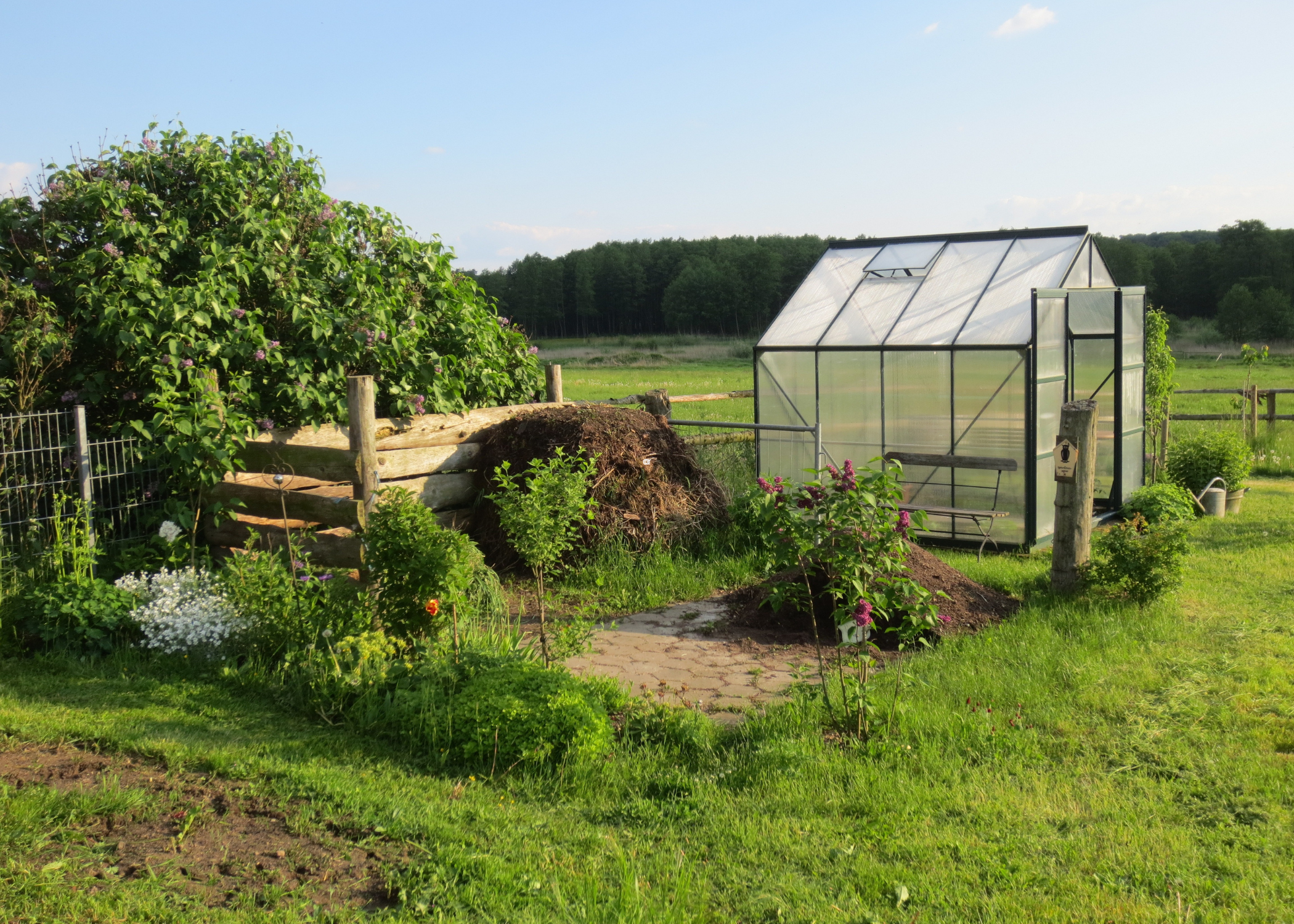
Polycarbonate panels are recommended for those looking for long-lasting coverings that can withstand varying weather conditions while providing excellent insulation. This combination not only ensures longevity but also enhances the overall design, allowing your greenhouse to be both functional and visually appealing.
To refine your greenhouse further, consider the interior features that will complement the materials you’ve chosen. Concrete can be a practical option for flooring, as it provides a stable, level surface that is easy to clean and supports heavy pots or equipment.
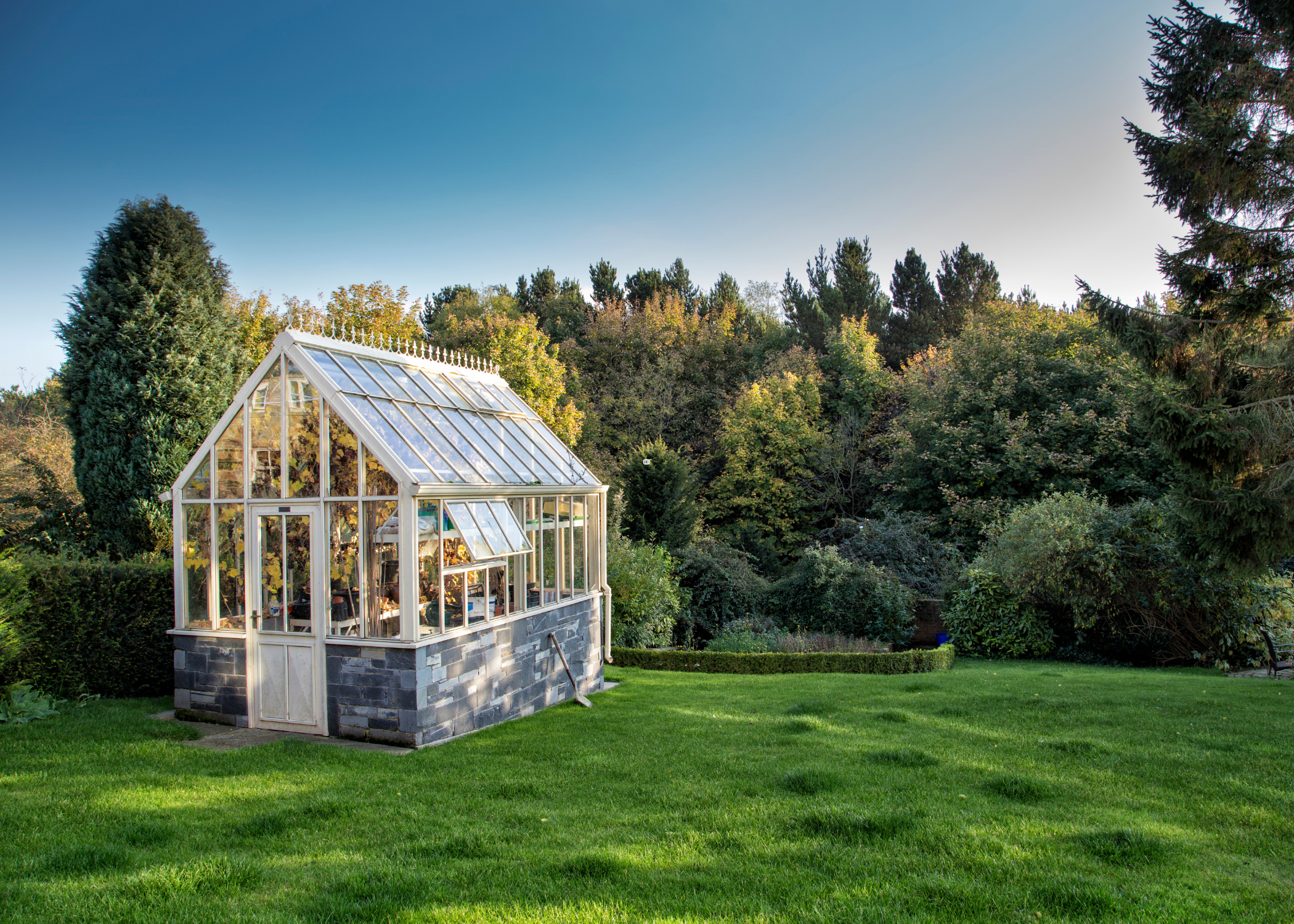
Adding a layer of gravel can also facilitate proper drainage, which is essential for plant health. Incorporating these elements thoughtfully will create an environment where both plants and design aesthetics thrive harmoniously, making your greenhouse a centerpiece of your gardening efforts.
Climate Control Solutions for Optimal Plant Growth
When considering greenhouse ideas, climate control is paramount for fostering an environment where plants can thrive. Effective climate control involves managing temperature, humidity, and ventilation within the structure, ensuring that each plant species receives its optimal growing conditions.
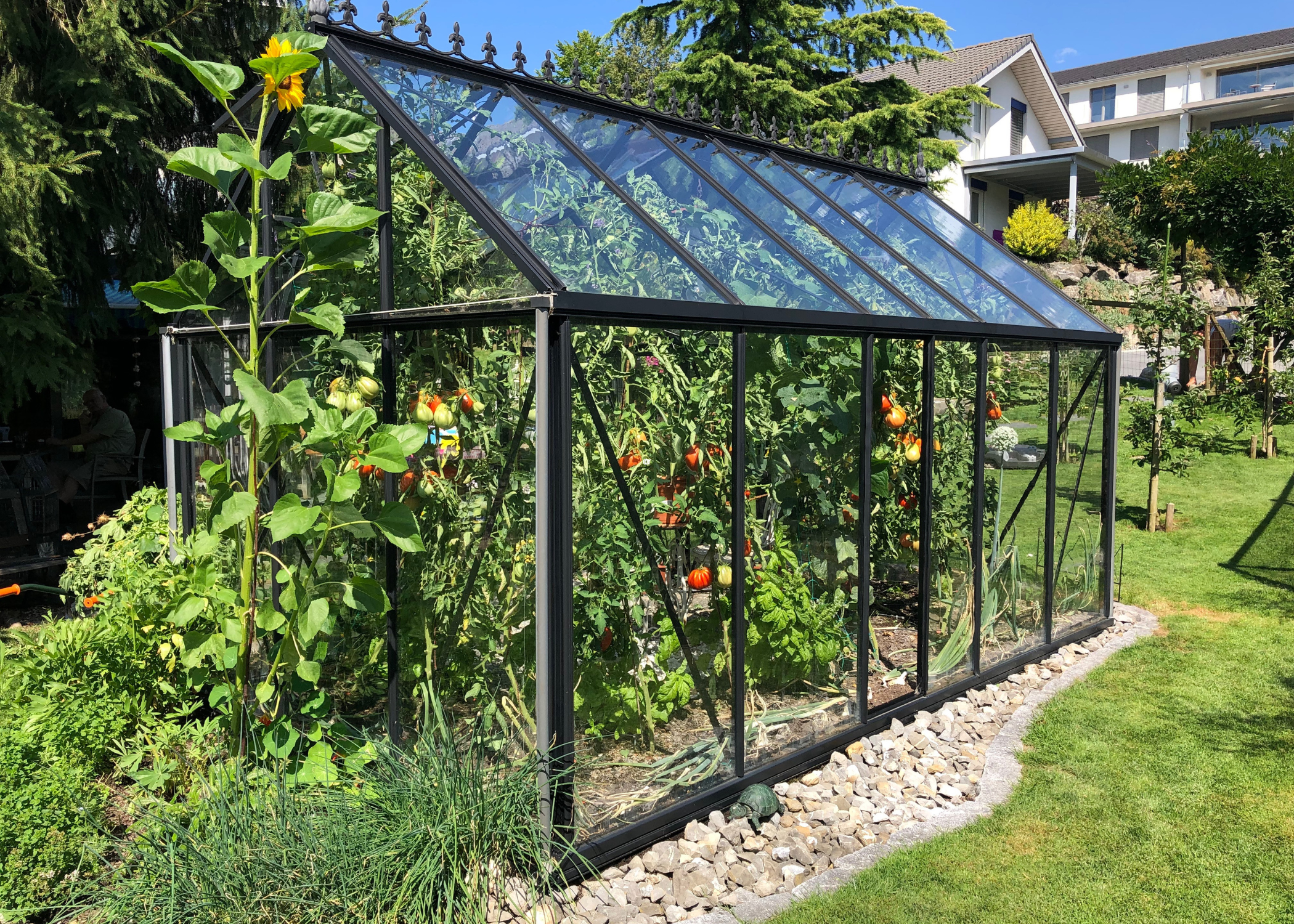
Installing automated systems like thermostats and hygrometers can help maintain these conditions consistently. These devices can adjust the internal climate based on real-time data, which is crucial during unexpected weather changes. Furthermore, using shade cloths during the hotter months and heating systems during cooler periods can protect plants from extreme temperatures.
Ventilation also plays a critical role in the health of greenhouse plants by preventing the buildup of pathogens and ensuring the flow of fresh air. Advanced ventilation systems, including exhaust fans and louvered vents, can be timed to provide periodic air exchanges throughout the day.
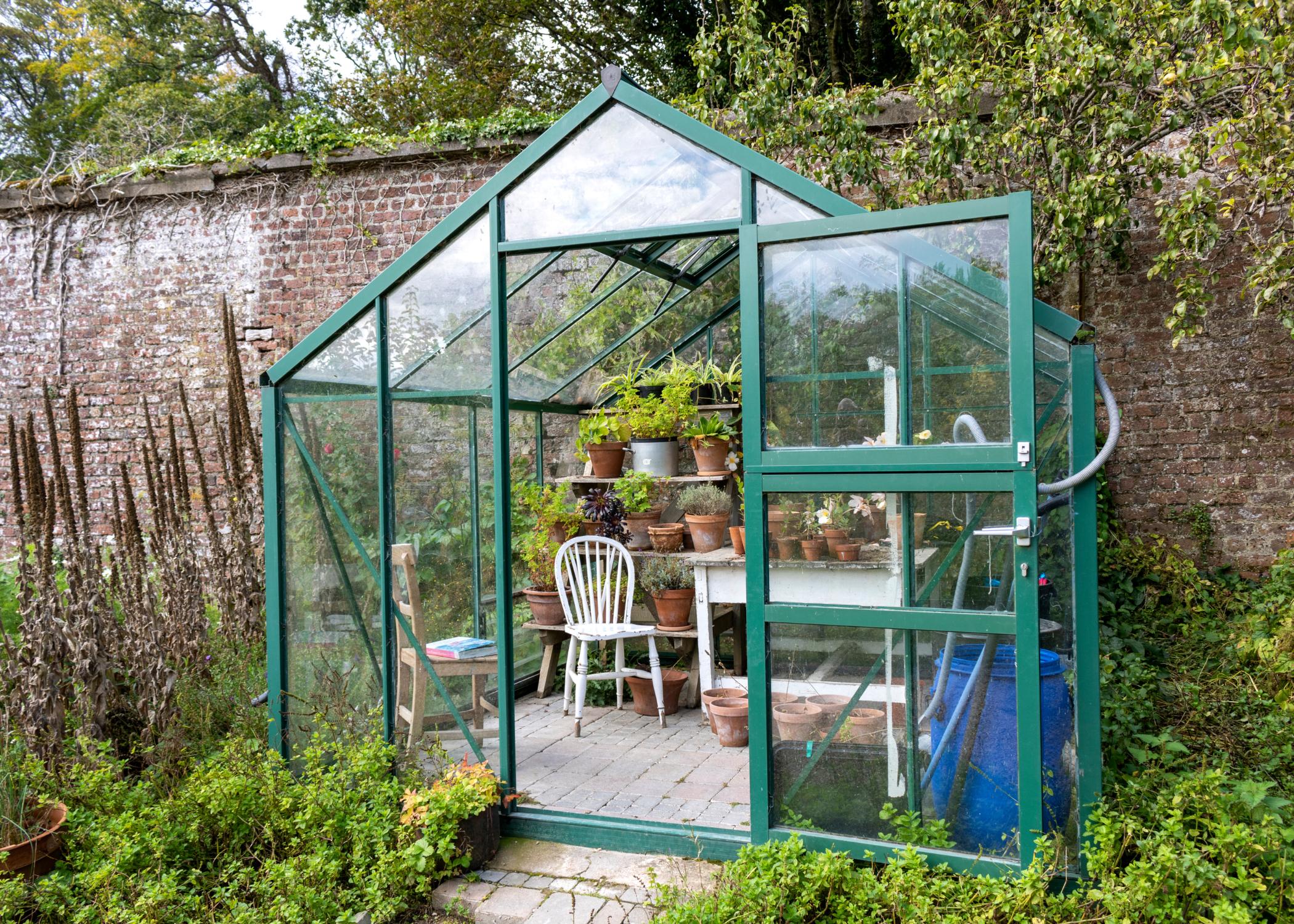
Integrating a drip irrigation system can help maintain the ideal humidity levels necessary for plant growth, reduce water usage, and minimize the risk of plant diseases. By implementing these climate control solutions, gardeners can create a stable environment that promotes vigorous plant growth and minimizes stress factors.
Creative Interiors for Functional and Aesthetic Appeal
Exploring greenhouse ideas that blend function with aesthetics can transform your gardening space into a stunning visual retreat. One way to achieve this is by incorporating decorative yet practical interior elements. Think of using elegant trellises that not only support climbing plants but also add a sculptural quality to the interior landscape.
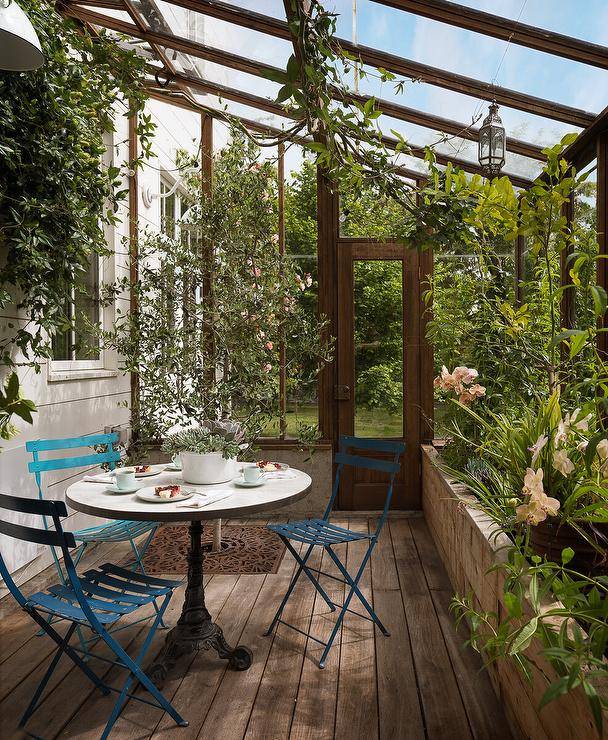
Integrating seating areas with ergonomic and weather-resistant furniture allows for a comfortable escape to enjoy the beauty of your indoor garden. Soft lighting can be used to highlight certain plants and create an ambiance that extends the usability of your greenhouse into the evening.
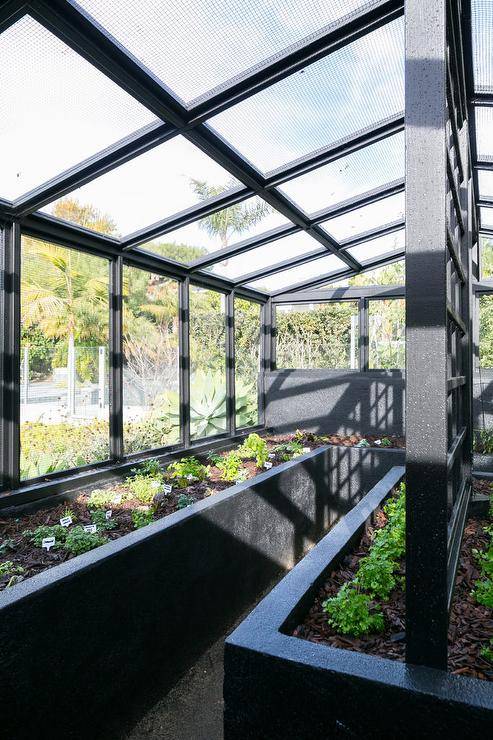
Materials play a crucial role in the aesthetic appeal of your greenhouse. Opting for natural materials like stone, bamboo, or wood can enhance the space’s organic feel. These materials can be used to construct pathways, benches, or even planters, providing a seamless blend between the structure and the natural world outside.
The strategic use of color in your pots and accessories can add vibrancy and depth to the environment, making your greenhouse not just a place to grow plants but a sanctuary of relaxation and inspiration.
Sustainable Practices in Greenhouse Gardening
Incorporating sustainable practices in greenhouse gardening can significantly enhance plant health and environmental well-being. One effective strategy is using organic pest control measures.
By employing beneficial insects, like ladybugs or lacewings, gardeners can naturally reduce the population of harmful pests without the need for harsh chemical pesticides. This method not only preserves the ecological balance within the greenhouse but also promotes a safer environment for the plants to thrive in.
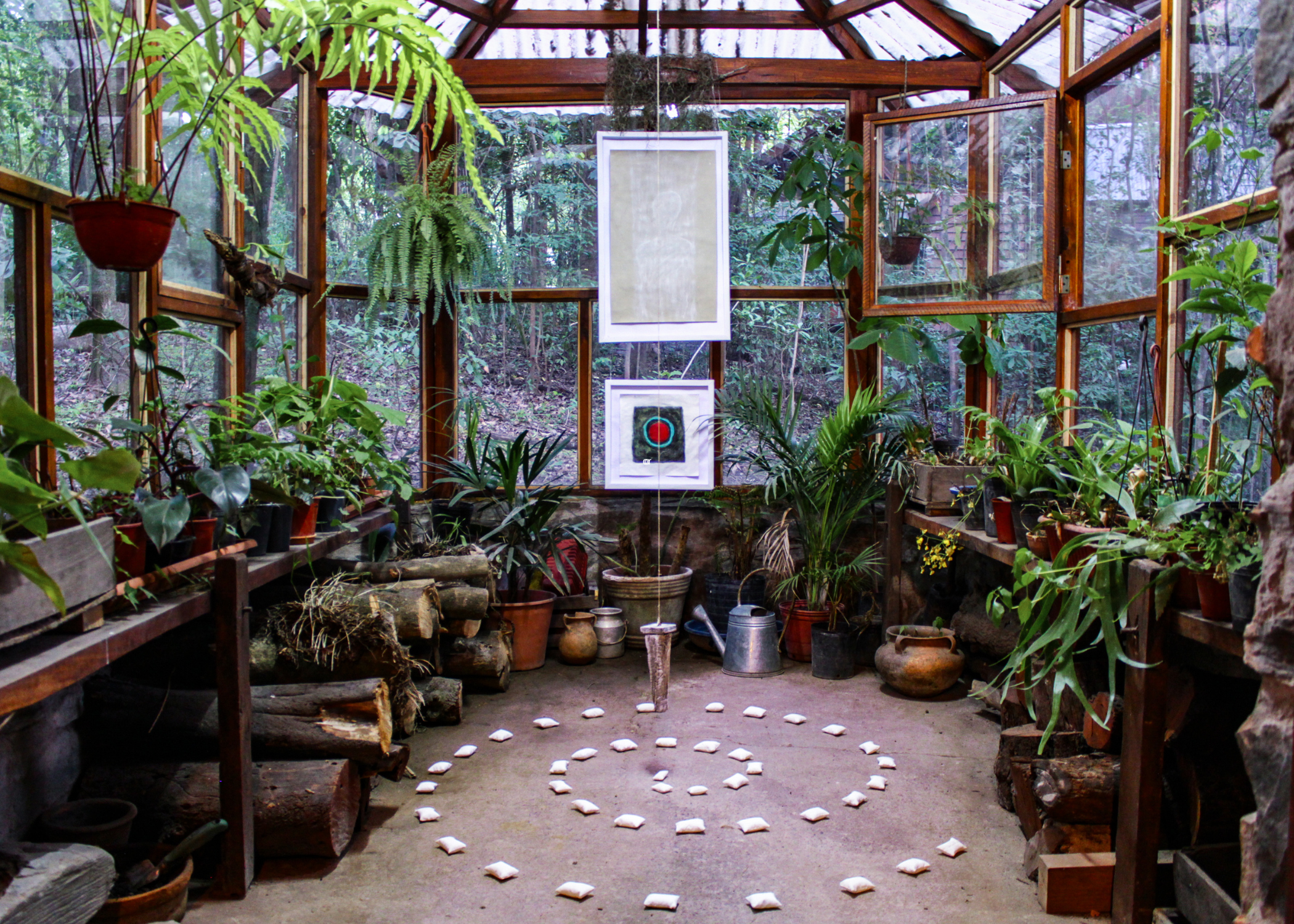
Utilizing rainwater harvesting systems is a great way to implement sustainable irrigation practices in your greenhouse. By collecting and storing rainwater, gardeners can reduce their dependence on municipal water supplies, which is particularly beneficial during drought conditions.
This system can be easily integrated with existing greenhouse structures, ensuring plants receive ample water without wastage. These greenhouse ideas not only help reduce water bills but also contribute to a more sustainable approach to greenhouse gardening, aligning with broader environmental conservation efforts.
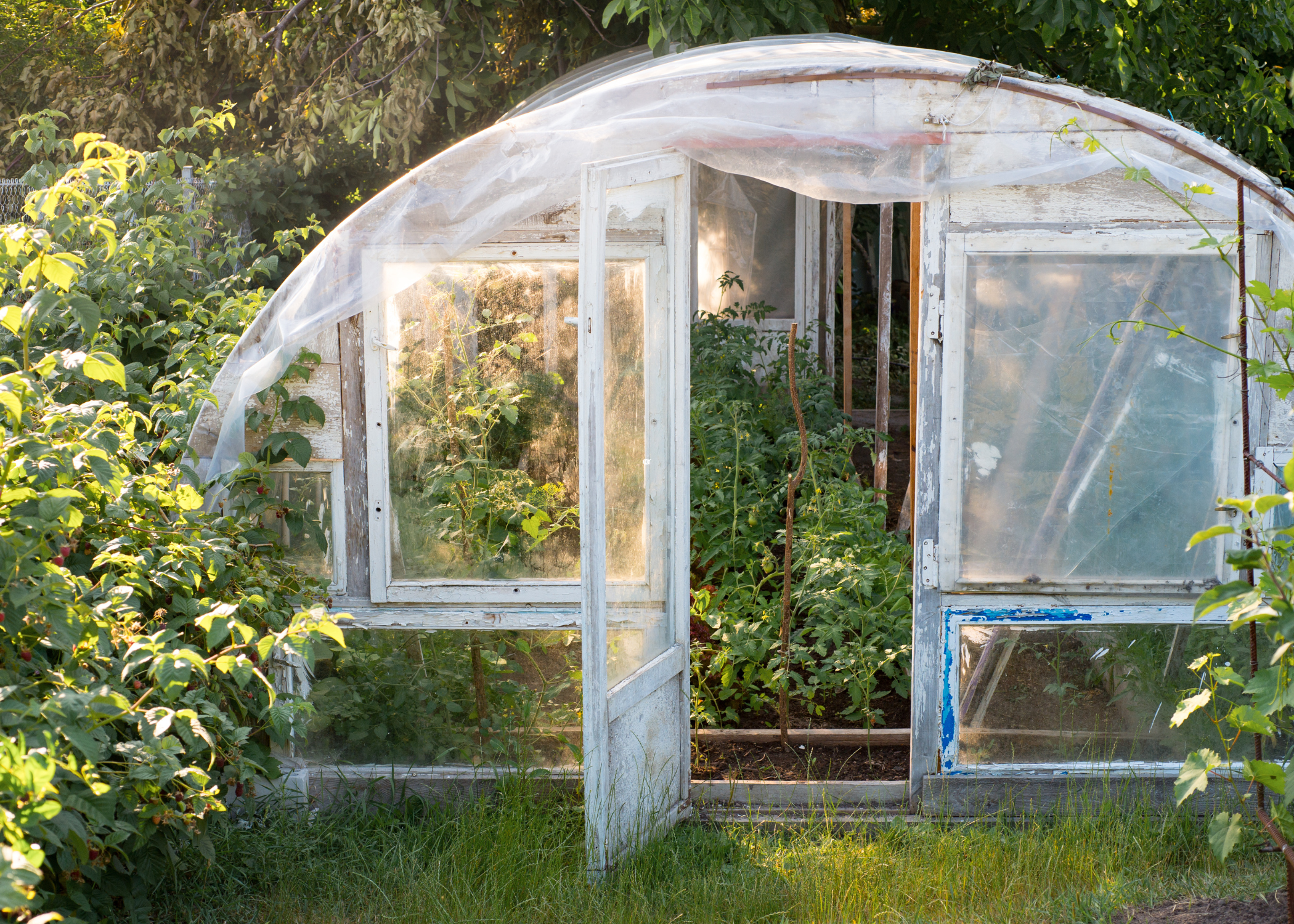
The joy of gardening could be elevated by integrating smart technology in your greenhouse, enabling you to control temperature, humidity, and watering schedules from the convenience of your smartphone. This melds the charm of gardening with the efficiency of modern technology, creating a harmonious balance that can significantly ease the cultivation process.
Reflective surfaces could be used to increase light distribution, ensuring that every plant gets its moment in the sun. By embracing these greenhouse ideas, you not only create a functional and futuristic gardening environment but also ensure that your home gardening endeavor is as rewarding and efficient as possible.
Related Articles
- A Guide to Building Your Own DIY Hydroponic System
- Topdressing Your Lawn Is The Best Way To Ensure Thriving Grass
- Baking Soda Is a Great DIY Weed Killer
Ready to start your next project? Join our DIY community to receive tool tips, how-to guides, and exclusive creative insights. Subscribe to the ManMadeDIY newsletter now! Click here to unlock a world of hands-on inspiration.
Frequently Asked Questions (FAQs)
What is the best location for a greenhouse?
The ideal location for a greenhouse is a spot that receives maximum sunlight throughout the year. A south—or southeast-facing position is often recommended. It’s also important to consider protection from strong winds and to ensure easy access to water and electricity.
What materials are best for building a greenhouse?
The most common materials for greenhouses include glass, polycarbonate, and polyethylene film. Glass is durable and offers excellent light transmission but can be expensive. Polycarbonate is less expensive, provides good light diffusion, and is more energy-efficient. Polyethylene film is the most affordable and is easy to replace, though it may not last as long as the other materials.
How do I control the temperature in my greenhouse?
Temperature control can be achieved through ventilation, shading, and heating. During warmer months, roof vents, side vents, or exhaust fans can be used to increase airflow and cool the greenhouse. In cooler months, heaters or maintaining thermal mass can help keep the temperature stable. Automated systems can also be installed for more precise control.
What is the best way to water plants in a greenhouse?
Drip irrigation is a highly efficient method for watering greenhouse plants as it delivers water directly to the plant roots, minimizing waste and reducing the risk of disease. Hand watering is also an option, though it can be time-consuming. Automated watering systems can provide convenience and ensure consistent moisture levels.
Can I grow plants in a greenhouse year-round?
Yes, with proper planning and management, a greenhouse can enable year-round cultivation of plants. Choosing the right plants for each season, maintaining optimal climate conditions, and utilizing grow lights during shorter days can help achieve continuous growth cycles.
How can I make my greenhouse more energy-efficient?
To enhance energy efficiency, consider using double-glazed panels or insulating materials, installing automated vent and shade systems to regulate temperature more effectively, and utilizing solar panels to power heating and lighting. Additionally, collecting and storing rainwater for irrigation can further reduce energy consumption.
What are some affordable ways to build a greenhouse?
For those on a budget, constructing a greenhouse from repurposed materials like old windows, doors, and frames can be a cost-effective option. Small-scale polytunnel greenhouses made from PVC pipes and plastic sheeting are also affordable and relatively easy to assemble. Exploring DIY greenhouse plans online can provide inspiration and guidance for building a greenhouse that fits your budget.



